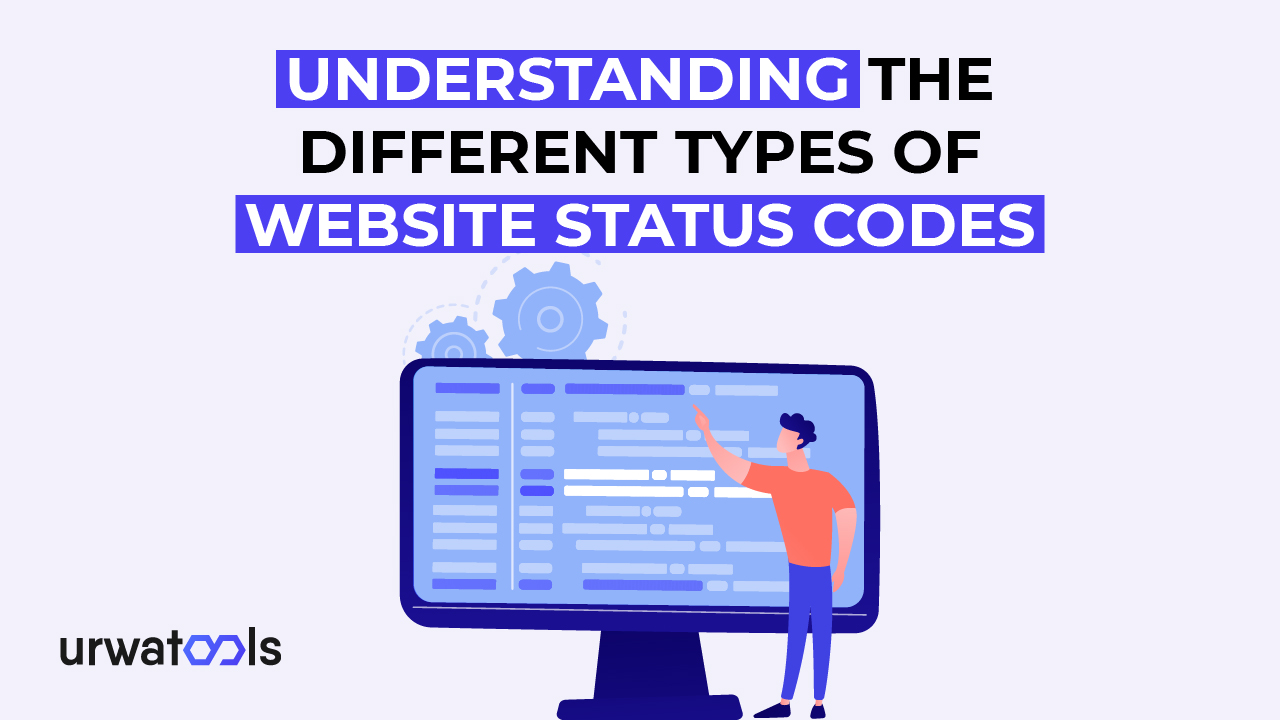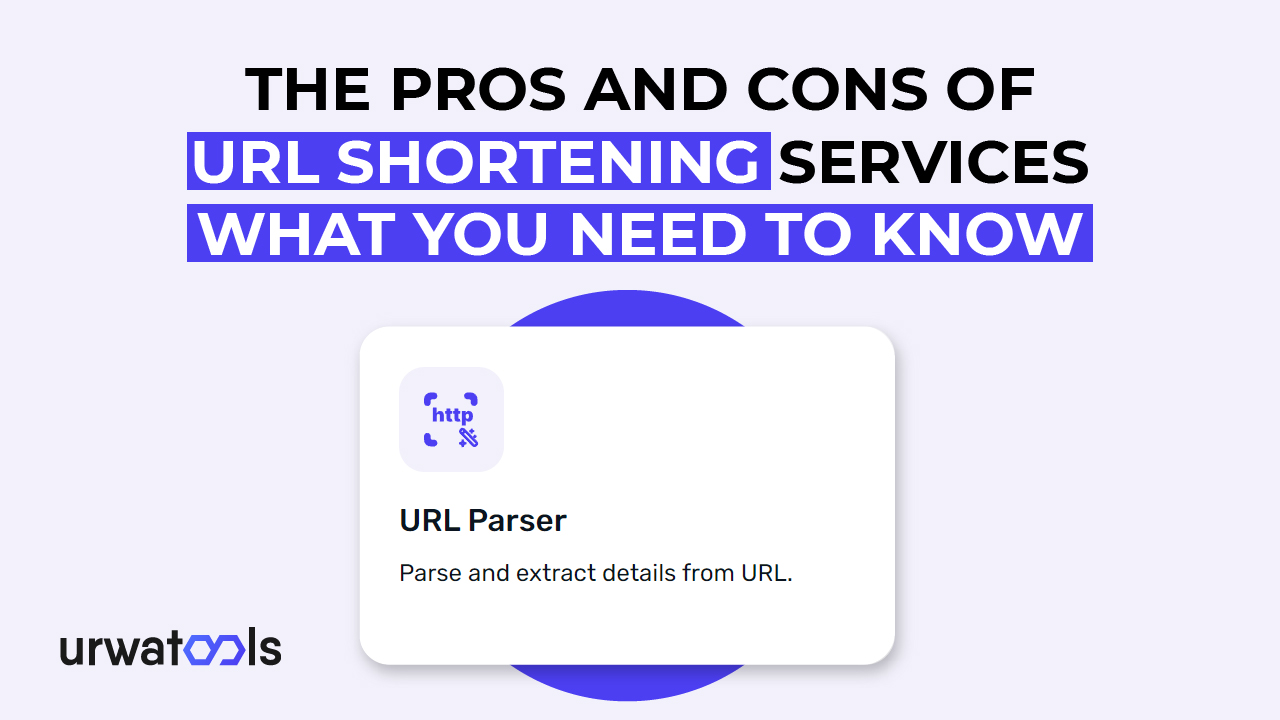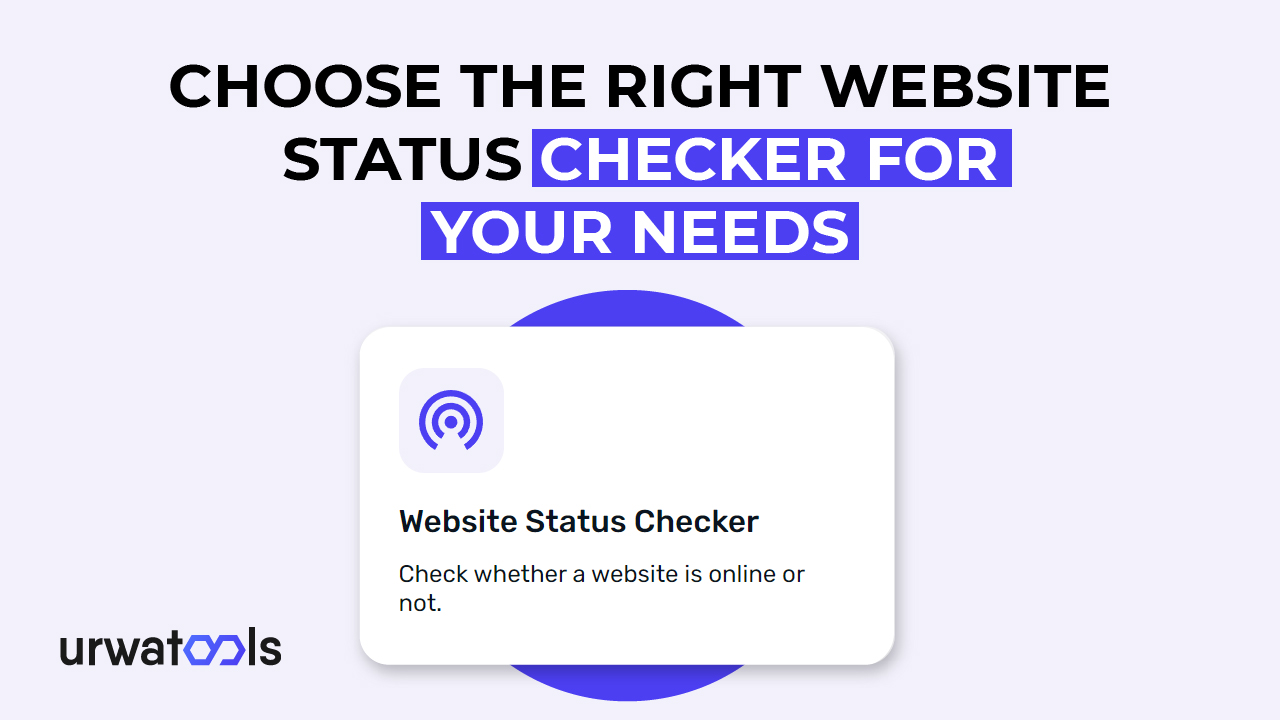Understanding the Different Types of Website Status Codes
When you use the internet and visit websites, you may see things that could be improved. These problems are represented by three-digit numbers that indicate the server's status.
These are known as website status codes. Learning these codes may assist you in determining what's wrong and how it can influence your browsing.
What are Website Status Codes?
Website status codes are numbers with three digits that reflect the server status of a website. Whenever you input a URL into your browser and press enter, your browser sends a request to the server where the website is housed. The server executes the request and returns the result to your browser. The answer contains
a status code informing the internet browser about the request's status.
Website status codes are separated into five categories, each representing a particular form of response:
1xx - Informational
1xx status codes indicate that the request came in, and the server is still processing it. This status code is typically used for long-running requests that take some time to finish.
2xx - Success
2xx status codes indicate that the request was successful and that the server could handle it without incident. The most frequent 2xx status code is 200, which indicates that the request for information was successful and that the server is returning the required data.
3xx - Redirection
The 3xx status codes show that the requested resource has been relocated. This sort of status code is typically used for pages being relocated, URLs being relocated, or URLs being altered.
4xx - Client Error
4xx status codes indicate an error on the client's side of the request. Invalid URLs, authentication errors, or expired sessions usually cause this status code.
5xx - Server Error
5xx status codes indicate an error on the server's side of the request. This type of status code is usually caused by server overload, database, or programming errors.
Common Website Status Codes
Now that you know what website status codes are and what they represent let's take a closer look at some of the most common status codes that you may encounter while browsing the internet:
200 - OK
Flourishing and the server sends back the requested data. This is the most common status code you will encounter while browsing the internet. It indicates that everything is working as it should be.
301 - Moved Permanently
The 301 status code indicates that the requested resource has moved permanently to a new location. This type of status code is usually used when a website changes its domain name or moves its content to a different URL.
404 - Not Found
The 404 status code indicates that the requested resource could not be found on the server. This is usually caused by an invalid URL or a page that has been deleted. When you encounter a 404 error, it means that the server could not find the content you are looking for.
500 - Internal Server Error
The 500 status code indicates an error on the server's side of the request. This type of error is usually caused by server overload or programming errors. When you encounter a 500 error, it means that there is an issue with the server that is hosting the website.
503 - Service Unavailable
The 503 status code indicates that the server is unavailable and cannot handle the request. This type of error is usually caused by server overload or maintenance. When you encounter a 503 error, the server cannot handle your request.
How Status Codes Affect SEO
Website status codes can have a significant impact on your website's SEO. When search engines crawl your website, they rely on status codes to determine whether it is accessible and functional. If search engines encounter many 4xx or 5xx status codes on your website, it can negatively impact your search engine rankings.
In addition, website status codes can also impact user experience. If a user encounters a 404 or 503 error while trying to access your website, they may become frustrated and leave it. This can result in a high bounce rate, negatively impacting your search engine rankings.
Conclusion
In conclusion, website status codes are essential to website functionality and SEO. Understanding the different types of status codes and what they mean can help you diagnose and fix issues with your website. By monitoring your website's status codes and addressing any issues, you can improve your website's SEO and provide a better user experience for your visitors.
FAQs
1. What is a website status code?
A website status code is a three-digit number that indicates the status of a website's server.
2. What do 4xx status codes indicate?
4xx status codes indicate an error on the client's side of the request.
3. How do status codes affect SEO?
Website status codes can impact your search engine rankings and user experience.
4. What should I do if I encounter a 404 error on a website?
The requested content cannot be found if you encounter a 404 error on a website. You can search for the content using a search engine or contact the website owner for assistance.
5. Can website status codes be customised?
Yes, website status codes can be customised to provide a more user-friendly experience for visitors. However, it is essential to ensure that custom status codes are still accurate and informative.







